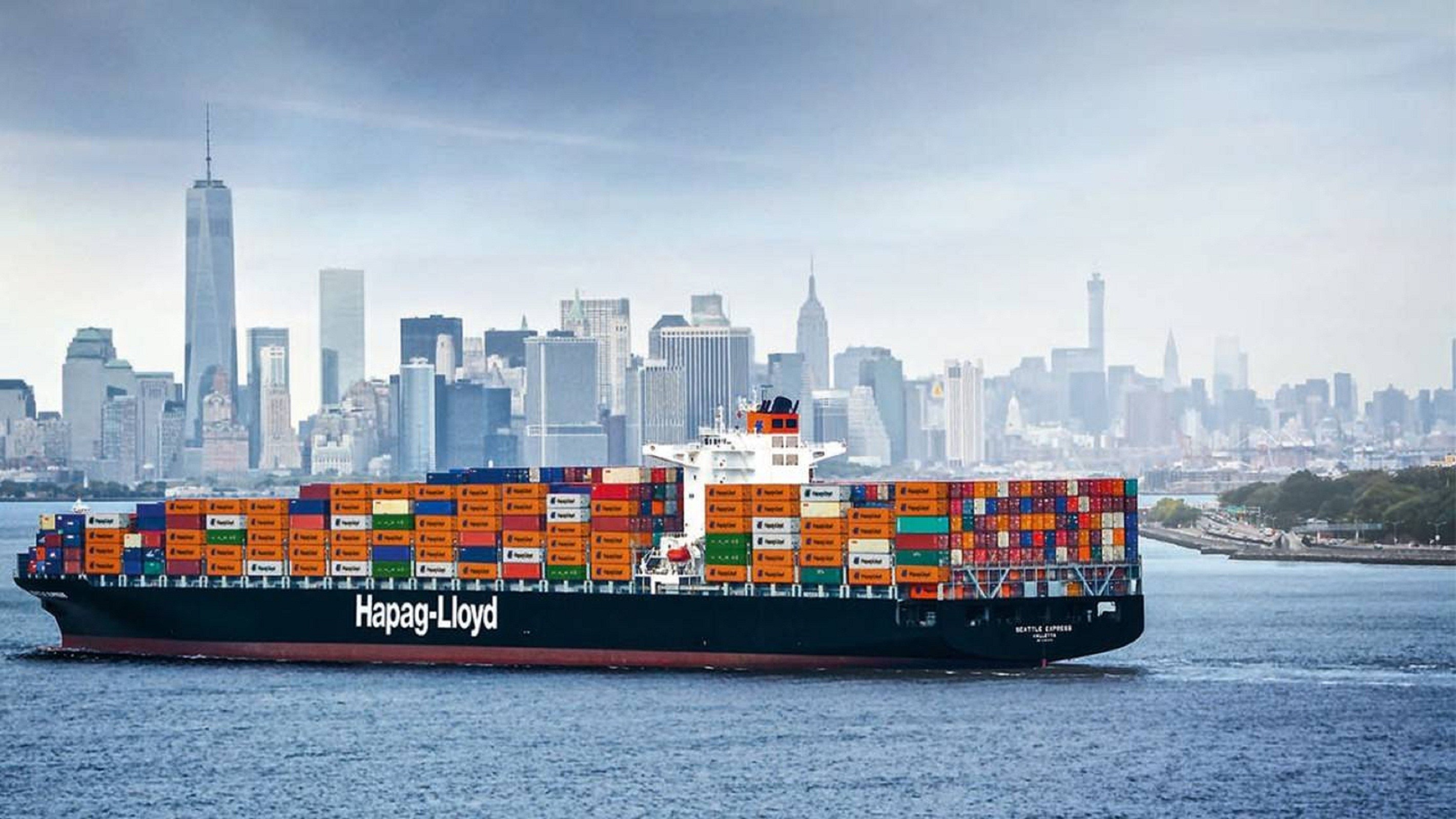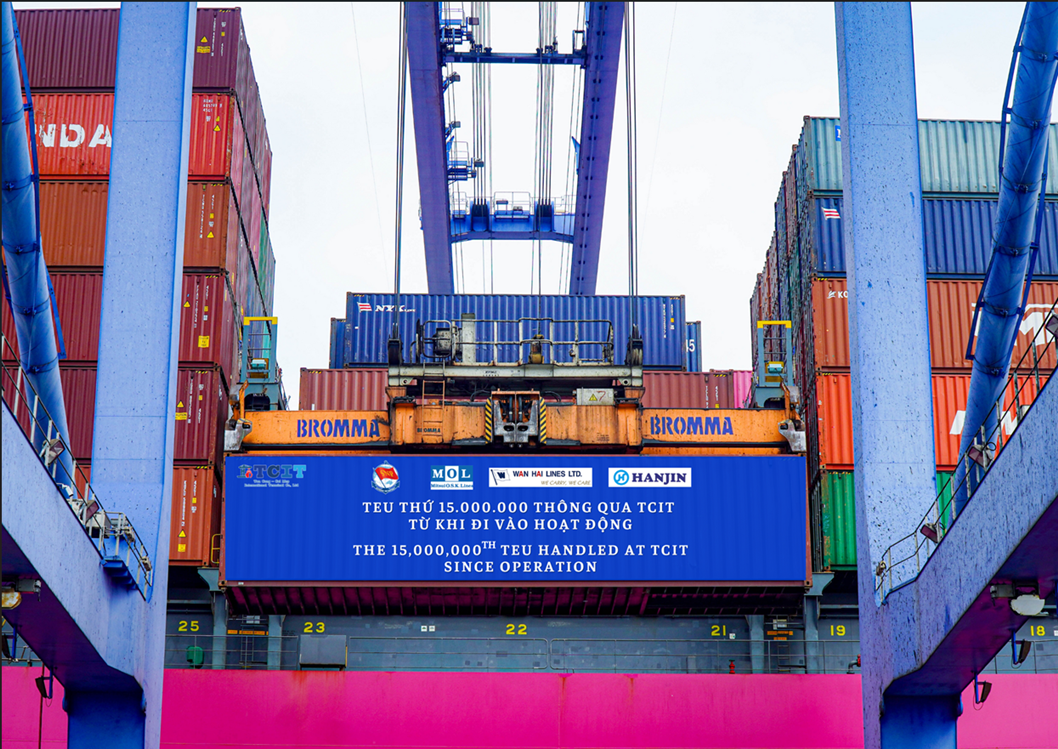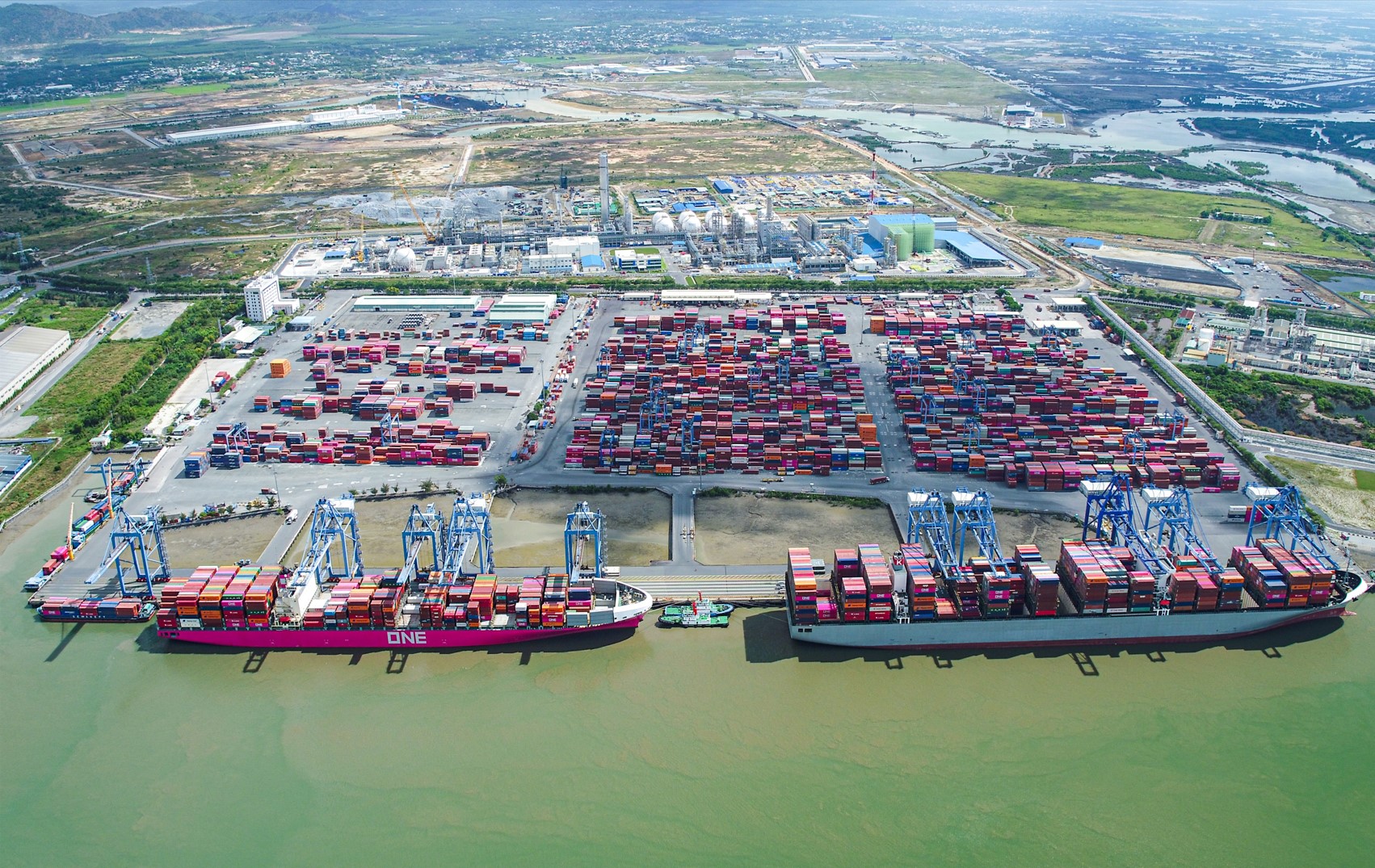Hapag-Lloyd reports $80 million loss
Company sees sharp increase in volumes but lower freight rates and higher fuel costs.
Hapag-Lloyd had a loss of $80.1 million in the second quarter ending June 30 compared with a profit of $17.2 million in the second quarter of 2017.
Revenue in the second quarter was $3.35 billion in the second quarter of 2018 compared with $2.63 billion in the second quarter of 2017.
The company noted that its performance this year can only be compared to a limited degree with its performance in 2017 as the company had acquired United Arab Shipping Co. (UASC) on May 24, 2017.
The German container carrier moved 2,987,000 TEUs in the second quarter compared with 2,287,000 TEUs in the same quarter in 2017.
But the average freight rate in the second quarter of this year was $1,010 per TEU compared with $1,072 per TEU last year in the second quarter. Average fuel prices, including both marine fuel oil and marine diesel oil, increased to $399 per tonne in the second quarter of this year compared with $312 per tonne in the same period a year earlier.
The acquisition of UASC, higher costs for fuel, vessel charters and intermodal transport resulted in expenses for raw materials and supplies in the first half of 2018 being 57.4 percent higher than in the first half of 2017.
Rolf Habben Jansen, chief executive officer said, “For the remainder of the year, we see a slow but steadily improving market environment, but we recognize that there are still significant geopolitical uncertainties that could influence the market. This only reinforces the necessity to be able to react quickly when needed — and we therefore will accelerate some of our digitalization initiatives and finalize our new strategy until the end of this year.”
COSCO plans to extend growth with OOCL
As separate brands the combined companies will complement each other but provide economies of scale.
COSCO said that following last month’s completion of its acquisition of the parent company of container carrier Orient Overseas Container Line (OOCL), the combined companies will be the third-largest container carrier and remain “committed to further growth, with 19 vessels ordered and a total capacity of about 330,000 TEUs, the combined capacity will reach 2.93 million TEUs by the end of 2018.”
COSCO reaffirmed plans for OOCL to be a separate brand and said the two companies will work to implement “four major strategic initiatives, including the optimization of the global and regional network, digital transformation, end-to-end services enhancement and a dual brand model, to leverage the advantages of COSCO SHIPPING Lines’ global network and scale and OOCL’s digital transformation and logistics business capabilities to realize new growth.”
Captain Xu Lirong, the incoming chairman of Orient Overseas (International) Ltd. (OOIL), the parent company of OOCL, said, “I believe after OOIL becomes a member of COSCO Shipping, we can effectively combine the respective strengths of OOIL and COSCO Shipping Lines and optimize our global network, thereby achieving greater economies of scale and synergies.”
Meanwhile, OOIL said it incurred a loss in the first half of 2018 of $10.3 million versus restated profit of $53 million in the first half or 2017. Revenue was $3.1 billion in the first half of 2018 compared with $2.8 billion in the first half of 2017. The company noted it had adopted new Hong Kong Financial Reporting Standards.
COSCO said there will be no changes to the ports of calling, schedules and slots arrangement of OOCL, COSCO, and the Ocean Alliance due to the transaction. But it added “in accordance with customer needs, OOCL will consider deepening the cooperation with COSCO Shipping Lines to provide a wider variety of choices for customers.”
Continue inspections for management of scraps at seaports in HCMC and Ba Ria – Vung Tau
After inspections at seaports in Hai Phong city, the General Department of Customs (GDC) will continue to inspect the management of imported scraps at key seaports in Ho Chi Minh city (HCMC) and Ba Ria- Vung Tau.
On 3rd August, 2018, Deputy Director General of Customs Mai Xuan Thanh led the GDC’s inspection team for the management of imported scraps at Hai Phong port.
This is the first area inspected by the GDC’s inspection team under the GDC’s Official Letter No. 4202/TCHQ-PC dated 17th of July 2018 on the management of scraps in order to urge the implementation of the GDC’s directions as well as grasp difficulties and problems arising to remove in a timely fashion and effectively carry out the management of imported scraps according to the law.
During the physical inspection at Hai Phong port, the inspection team guided and inspected the implementation of Customs procedures for imported scraps at some Customs Branches of Dinh Vu port and Customs Branches of Hai Phong port zone III.
On the morning of 3rd of August, 2018, at VIP GREEN port, which is an area managed by Dinh Vuport Customs Branch, the inspection team witnessed the inspection of competent units under Hai Phong Customs Department for 5 containers of backlogged imported goods which were shown on the Manifest as scrap plastics. From the physical inspection, it was easy to realize that all 5 containers were garbage ineligible for import requirements. However, this was only a small number of nearly 1,000 containers of scrap plastics backlogged at Hai Phong port, which was inspected by the Customs.
In addition to witnessing the inspection of backlogged containers by Hai Phong Customs Department, the inspection team requested the branches to inspect some specific containers which were declared as scrap plastics, papers and irons by enterprises.
As a result of the initial inspection, the Customs force determined that the goods in these containers were not garbage and that the inspection results should be released to quickly clear eligible shipments so as to facilitate production and business.
Source: World Maritime News

.png)










